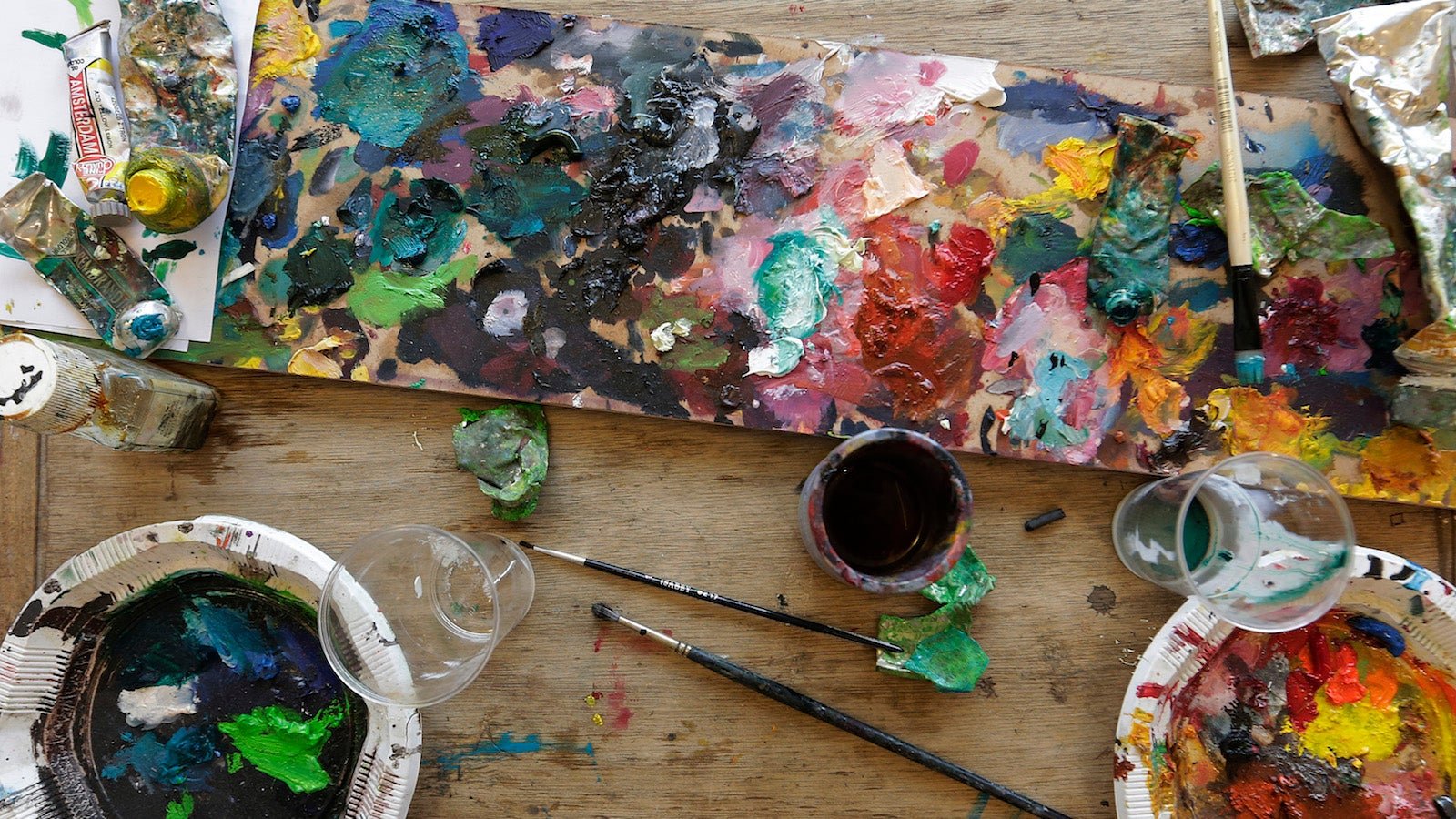Don’t want a robot to steal your job? Be creative
If we don’t want machines to take over our jobs, we’re going to have to get creative. Literally.


If we don’t want machines to take over our jobs, we’re going to have to get creative. Literally.
Cheap computing power and rapidly advancing AI mean that machines already outperform us on tasks that involve retaining, processing, and repeating rule-based information. Traditional schooling, however, still centers on a child’s ability to perform such tasks. As a result, the growing emphasis on STEM-based learning may not adequately prepare children to eventually battle robots for their jobs. As Charlotte Blease, a philosophy fellow at University College Dublin, points out, the workplace of the future will require people prepared to ask—and answer—the questions that aren’t Googleable.
What society therefore urgently needs is an entirely new value system for both education and work; one centered around the singular thing robots can’t quite catch up with us on: creativity.
A recent report by Nesta, a UK-based innovation and research foundation, found that creative jobs will be much more resistant to automation, and 21% of US employment requires people to be highly creative. But this doesn’t mean we will need more musicians, graphic designers, actors, and other traditionally creative professions in the future. Rather, we should be taking the aspects that make these professions so unique and teaching them to employers in traditionally non-creative industries. We need to enable creative thinking in all aspects of business management.
“How are you going to deal with your job not being relevant any more? You’ve got to tap into the creative spirit to repurpose your skillset,” says Ryan Peterson, a Vancouver-based technology entrepreneur. When it comes to imagining new realities, Peterson is something of an expert. His company Finger Food Studios invents and sells state-of-the art Mixed Reality (MR) technology to Fortune 500 companies, so he views the disruption that automation brings as an opportunity rather than a threat.
“We have the chance to basically re-architect the human experience and move all this [creative] talent into higher performing jobs, but that will take incredible imagination,” Peterson says. “You’re going to have to infuse some of that creative firepower to be able to deal with these [automation] changes in your business.”
Fostering those creative-thinking principles will prove essential if we’re to outsmart the oncoming automation wave. Here are three key ingredients for future-proofing your workplace:
Curiosity
We need a sense of wonder in order for creativity to flourish. Curiosity is a cornerstone of creative thinking, and we need to actively harness it in order to tackle the challenges of this brave new world.
“Having a culture of curiosity—where you feel empowered to really have an imagination and feel curious and explore—is our strength as a company. We excel at curiosity, and in the execution of it,” Peterson says.
Richard Hytner, an adjunct professor of Marketing at London Business School, agrees, saying that any leader looking to ensure the future of their enterprise should encourage their teams’ “contagious curiosity” by inviting them to bring their child-like self to work every day. Creativity, he says, works much like a bulletproof vest for businesses, allowing them to adapt to fast-changing environments that might destroy those that are slow to evolve.
Conflict
Building a creative workplace also requires a healthy amount of friction. In the 1950s, psychologist J.P. Guilford first put forward the theory that creativity was dependent on what he called “divergent thinking.”
Finger Food’s creative director, Chris Waind, uses this theory in the workplace. The key is fostering a very safe work environment in which people can freely disagree with each other.
One example of how to do this is by seating people next to each other who see the world differently, such as developers sitting next to designers. The idea is being confronted by different opinions creates that slightly uncomfortable sweet spot where innovation actually happens. “Too many people agreeing with each other makes for a wonderful poetic workplace, but great things are often born of people disagreeing, different perspectives,” Waind says.
Ingenuity
When curiosity and diversity converge, they create an environment where ingenuity can flourish, and there are places where this out-of-the-box thinking has become a prevalent cultural trait.
When living in New Zealand, for example, Waind encountered a term called the “#8 gauge wire” mentality, which is Kiwi slang for “we used our ingenuity to fix it.” It stems from the MacGyver-style creative thinking adopted by resourceful rural farmers who live and work on small islands. Typically, #8 gauge wire is used for sheep fencing—a common sight in New Zealand—but farmers are often forced to solve a wide range of different problems using this plentiful material, and little else.
* * *
Peterson believes that to survive the future of work, companies need to actively invest in their own demise. This is something that industry experts like Luke Williams have long advocated; Companies content to focus on incremental changes will almost inevitably become casualties of technological disruption. Even traditional institutions such as banks recognize the advantage of “thinking like the enemy.” This is why the industry has begun actively recruiting hackers to help them build more robust systems. “If you’re a global Fortune 500 company and you do not have a team that you are paying to disrupt your business, than someone else will,” Peterson says.
What is urgently needed in order to enable that climate of proactive—and ultimately positive—disruption is for us to start focusing on what sets man apart from machine: creativity.